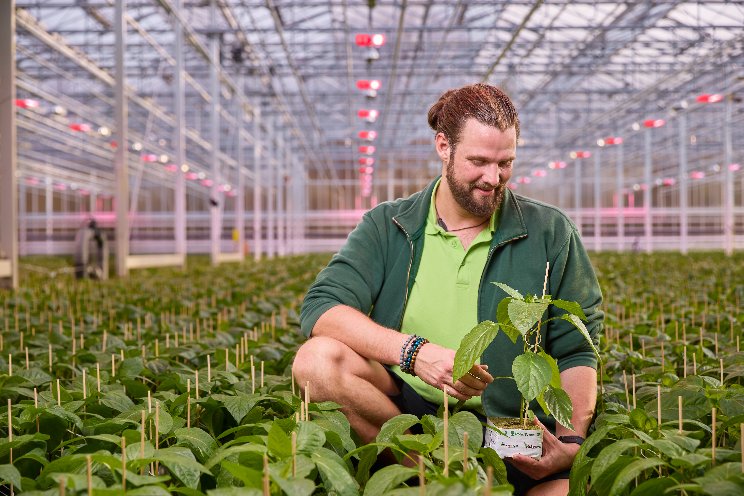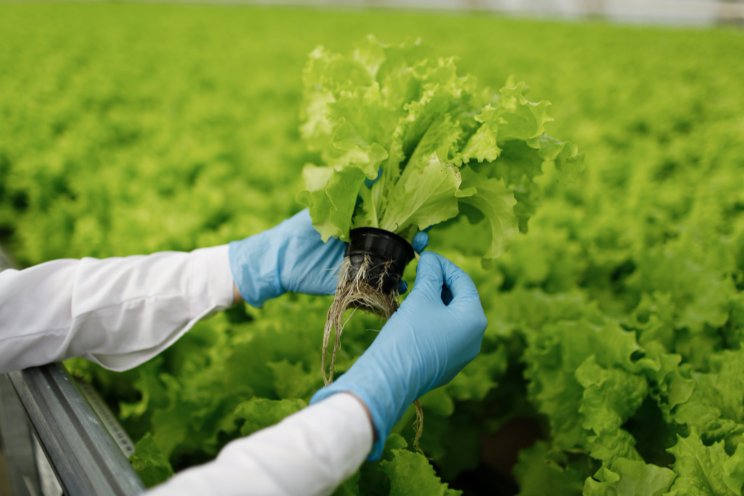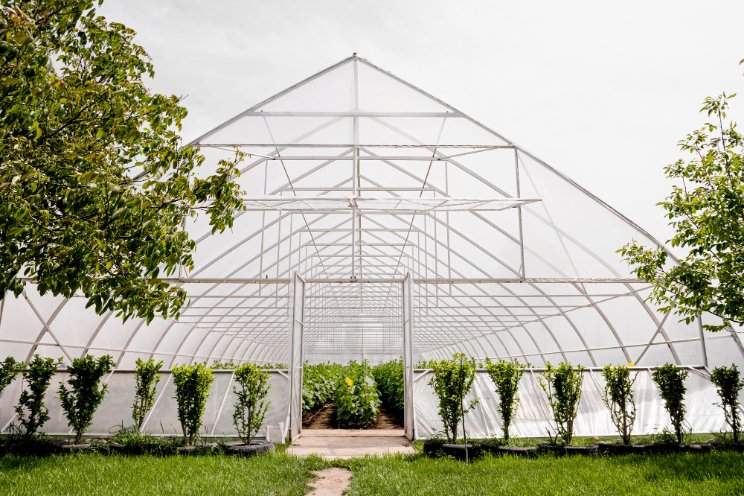Six greenhouse HVAC trends to watch in 2023
Added on 12 April 2023

The following is a list of six major trends we’re seeing in the greenhouse industry as they relate to heating, ventilation, and air conditioning (HVAC) and environmental management, especially in the wake of higher energy costs and increased regulations.
Spectral Glazing
There are a lot of cool new glazing options hitting the market that could make a big impact on the heating and cooling needs of the greenhouse. There are new spectrum-blocking glazings that block near infrared (NIR) wavelengths, effectively lowering the amount of solar heat gain into the greenhouse and reducing cooling needs. There are also new spectrum-modifying glazings that shift the high-energy ultraviolet and blue wavelengths into lower-energy yellow and red wavelengths that are more photosynthetically active. And then there are electricity-producing glazings that have thin strips of solar panels embedded into the glass cover, while converting green into red light. All of these new glazing options have the potential to reduce energy use and costs associated with cooling and heating the greenhouse.
Mechanical Cooling and Dehumidification
In humid climates where ventilation and evaporative cooling don’t work so well, mechanical cooling (aka, air conditioning) and dehumidification is becoming a more viable, and potentially sole, solution to managing the greenhouse environment and selling consistent product year-round. Ideally, these systems would be operated in a sealed greenhouse, where only the interior air is being conditioned, not the outside air before it is brought in. However, it’s very difficult to keep the sun out, especially since access to sunlight is precisely why many growers choose a greenhouse over an indoor facility. This heat from solar radiation is immense. Combine that with the greenhouse effect created by the glazing and suddenly it becomes apparent that you will need a lot of air conditioning. When comparing a 10,000-square-foot greenhouse and a 10,000-square-foot warehouse with high-pressure sodium lighting spaced in a 5×5 grid pattern, the indoor facility requires about 115 tons of cooling and the greenhouse requires 170 tons. That’s almost 50% more air conditioning required for the greenhouse. Not only is air conditioning energy intensive (e.g., high operating costs), the equipment itself is expensive, typically more than $3,000 per ton.
Photo: This glazing photo shows the lyris heat-blocking greenhouse roof, as described below in the “Spectral Glazing” section. Photo Credit: Nadia Sabeh/Red Sea Farms
More news















